Understanding the breakdown of a label is important to visualize how each layer works together. A label comprises five main components: the coating, ink, substrate, adhesive, and liner. The topmost layer of the label, the coating, sits on top of the ink to enhance its appearance and color. The coating can be either laminate or varnish. Laminate provides enhanced protection, offers a more comprehensive barrier, and acts like a giant piece of masking tape, enforcing strength and the ability to last for long periods of time. In comparison, varnish provides the flexibility of being applied to a selective part of the label if required. Varnish coatings can be water-based or UV-based, offering different looks and feel depending on the customer’s preference.
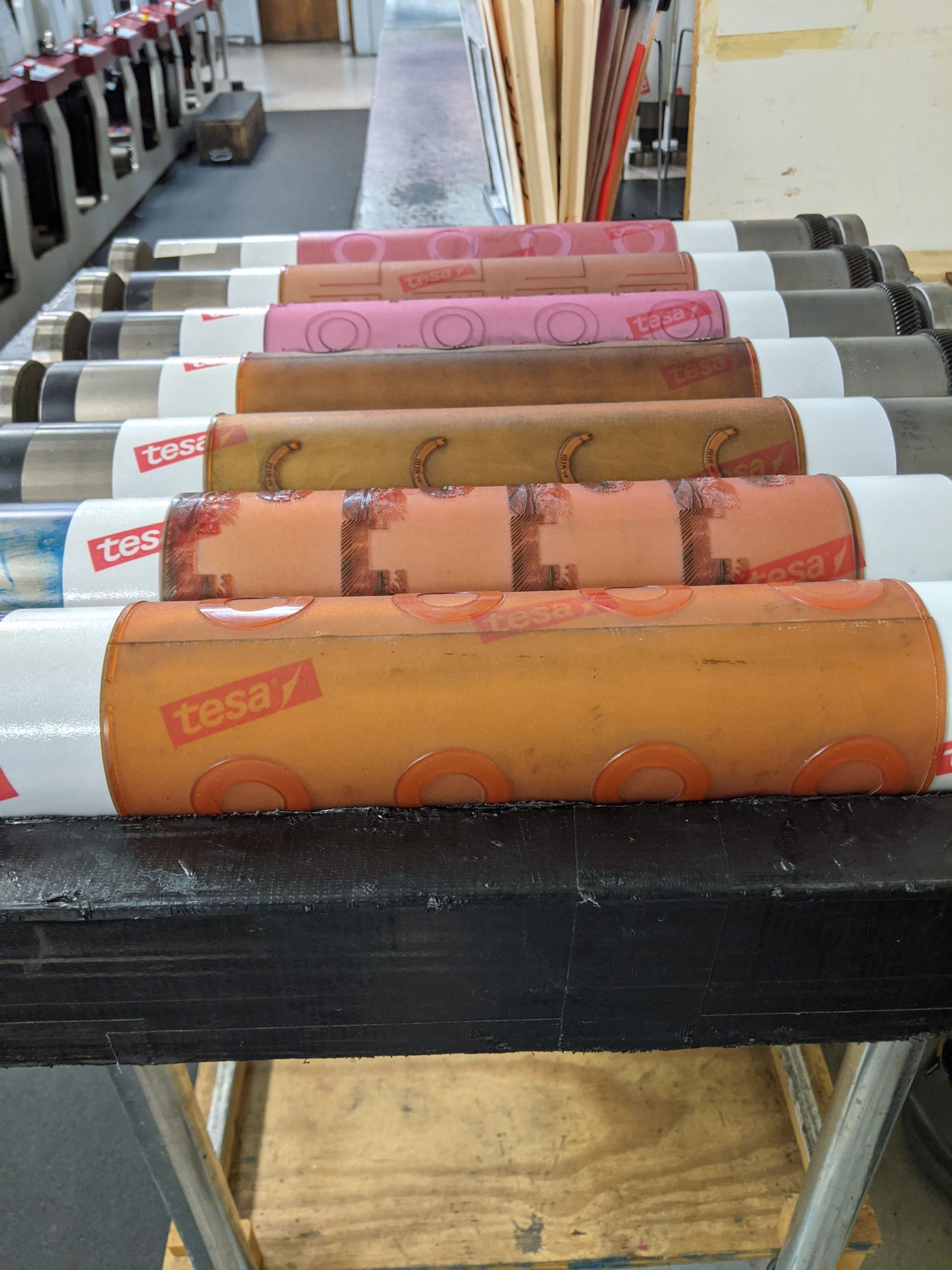 The ink layer beneath the coating is arguably the most significant part of any printed label. It is responsible for conveying all the vital information and aesthetic elements. Choosing the right ink also involves many degrees of customization and variation. You can learn more about the differences between water-based and UV inks here.
The ink layer beneath the coating is arguably the most significant part of any printed label. It is responsible for conveying all the vital information and aesthetic elements. Choosing the right ink also involves many degrees of customization and variation. You can learn more about the differences between water-based and UV inks here.
The next layer is the substrate, which refers to the material on which the label is printed. It plays a critical role in determining the label’s performance and durability. The substrate affects the label’s ability to withstand environmental conditions such as contact with liquid, heat, and light exposure. It also impacts the label’s ability to adhere to different surfaces and maintain its original look over time.
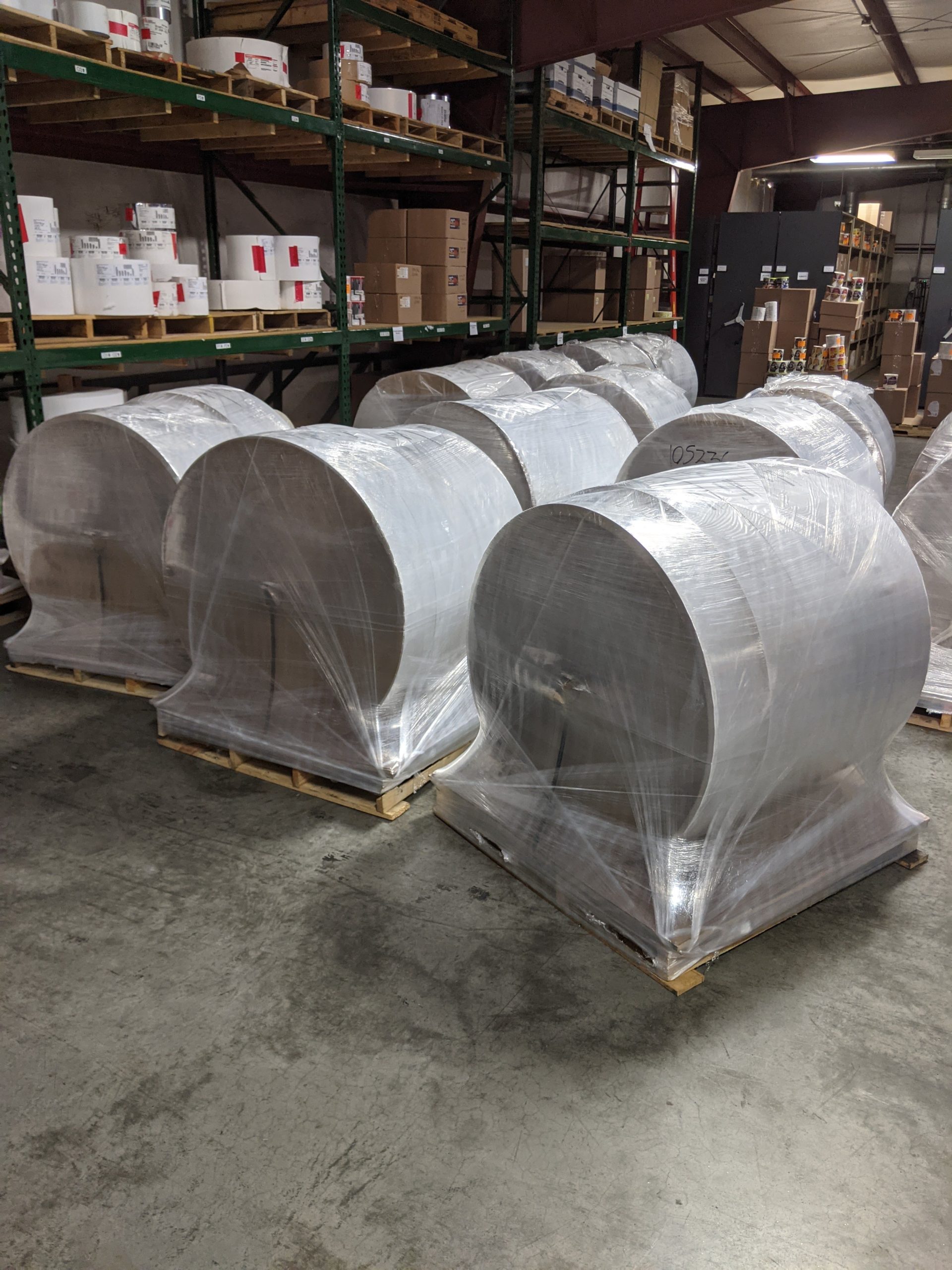 Different substrate materials can be chosen based on cost constraints and the label’s intended use. For instance, a paper label is suitable for general information on a box where resilience and environmental factors are not significant concerns. However, a film label is preferred in outdoor or challenging environments, such as labels on lawnmowers, electrical boxes, or food products that undergo cooking processes. Film labels are more resilient and can withstand harsh conditions, such as extreme temperatures, grease, and moisture. Regarding food labels, additional restrictions and regulations ensure that the materials used are safe for direct food contact and meet FDA standards for food packaging materials. Understanding the impact of substrate choice on label performance is essential in ensuring the label’s longevity and functionality.
Different substrate materials can be chosen based on cost constraints and the label’s intended use. For instance, a paper label is suitable for general information on a box where resilience and environmental factors are not significant concerns. However, a film label is preferred in outdoor or challenging environments, such as labels on lawnmowers, electrical boxes, or food products that undergo cooking processes. Film labels are more resilient and can withstand harsh conditions, such as extreme temperatures, grease, and moisture. Regarding food labels, additional restrictions and regulations ensure that the materials used are safe for direct food contact and meet FDA standards for food packaging materials. Understanding the impact of substrate choice on label performance is essential in ensuring the label’s longevity and functionality.
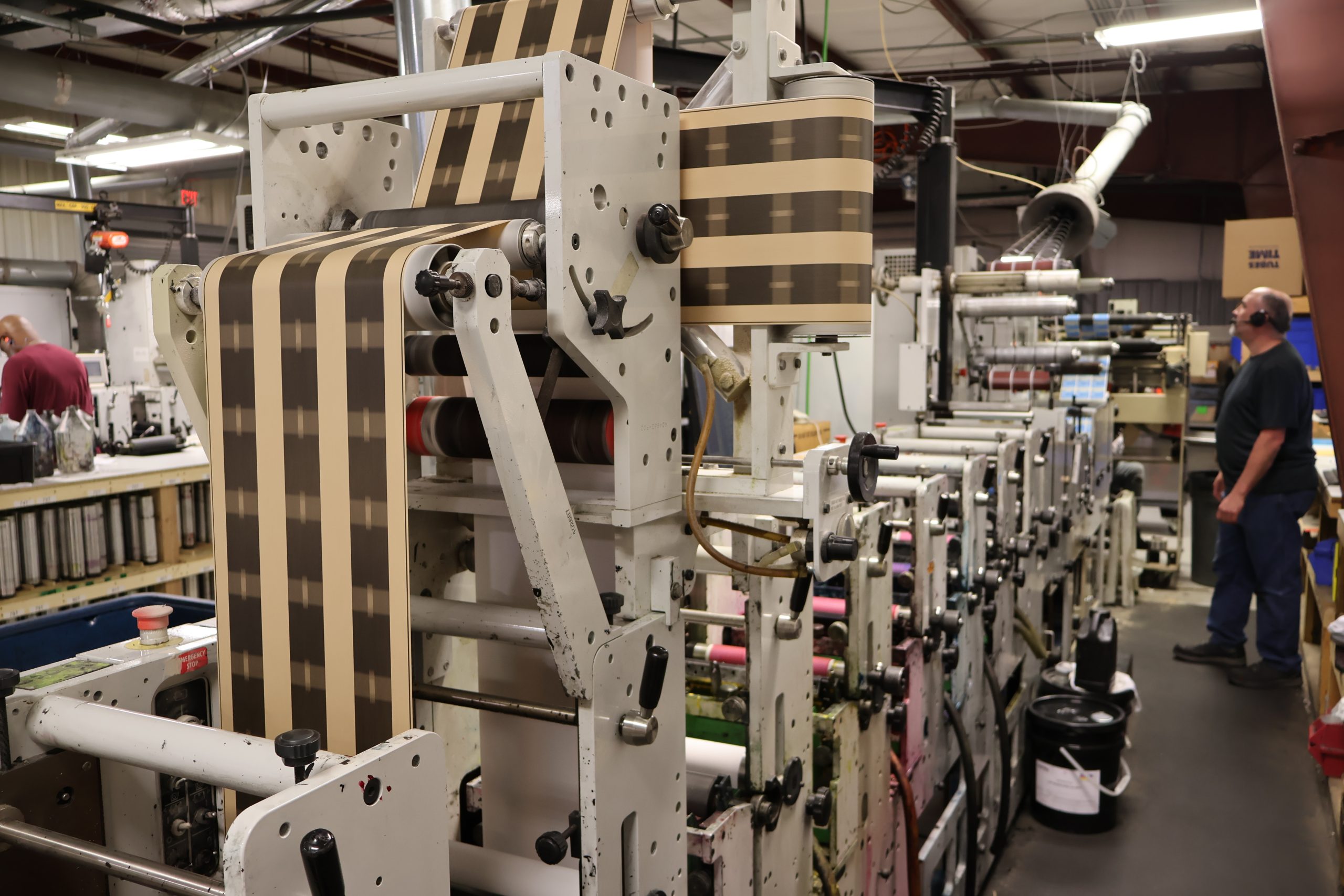 The adhesive of a label is the most technical aspect of labeling, particularly in the context of pressure-sensitive labels, where the bond strength between the label and its substrate is paramount. As such, attention must be given to the adhesive’s characteristics, including its composition, tack, and viscosity. Failure to consider these factors can lead to issues such as label peeling or detachment, which can undermine the label’s functionality and aesthetic appeal.
The adhesive of a label is the most technical aspect of labeling, particularly in the context of pressure-sensitive labels, where the bond strength between the label and its substrate is paramount. As such, attention must be given to the adhesive’s characteristics, including its composition, tack, and viscosity. Failure to consider these factors can lead to issues such as label peeling or detachment, which can undermine the label’s functionality and aesthetic appeal.
The adhesive’s performance is influenced by factors such as how quickly it needs to stick and the environmental conditions it will endure. It is essential to use adhesives rated for specific temperature ranges during their application and use. Labels may need to be applied at one temperature but then subjected to different temperatures, such as flash freezing. The adhesive must withstand these temperature changes without losing its ability to stick or causing the label to crack and peel. A label that fails to adhere properly can negatively impact the product’s perceived quality, potentially leading to decreased sales.
 The last label component is the liner, which serves as a protective backing for the adhesive until it is applied. Typically composed of paper or film, the liner prevents the adhesive from losing its properties before use and ensures optimal performance upon application. While this may seem straightforward, choosing the right liner is crucial, as the wrong liner can lead to lost time, production delays, and wasted material.
The last label component is the liner, which serves as a protective backing for the adhesive until it is applied. Typically composed of paper or film, the liner prevents the adhesive from losing its properties before use and ensures optimal performance upon application. While this may seem straightforward, choosing the right liner is crucial, as the wrong liner can lead to lost time, production delays, and wasted material.
Century Printing and Packaging is passionate about staying at the forefront of advancements in labeling technology. Recent developments have been transformative, including the creation of thinner, higher-performance films that offer superior toughness and performance. The emergence of new adhesives specifically designed for harsh environments, such as those with high humidity, has opened up new possibilities for label production. Advancements in die-cutting tools have led to more precise and efficient label production.
The final product of a label is a testament to the expertise and meticulous attention to detail of label manufacturers. Selecting the appropriate coatings, inks, substrates, adhesives, and liners for each client is a complex task that requires deep understanding and experience. Century Printing and Packaging, with a 27-year track record in the labeling industry, has developed a sterling reputation and proven expertise in choosing and producing labels at a high level. Their comprehensive understanding of label components and longstanding commitment to exceeding customer expectations make them the best choice when looking for a label partner.

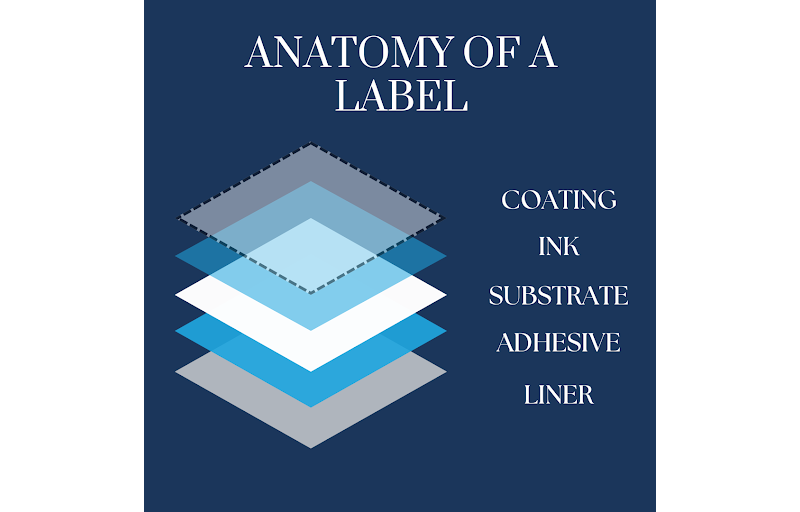

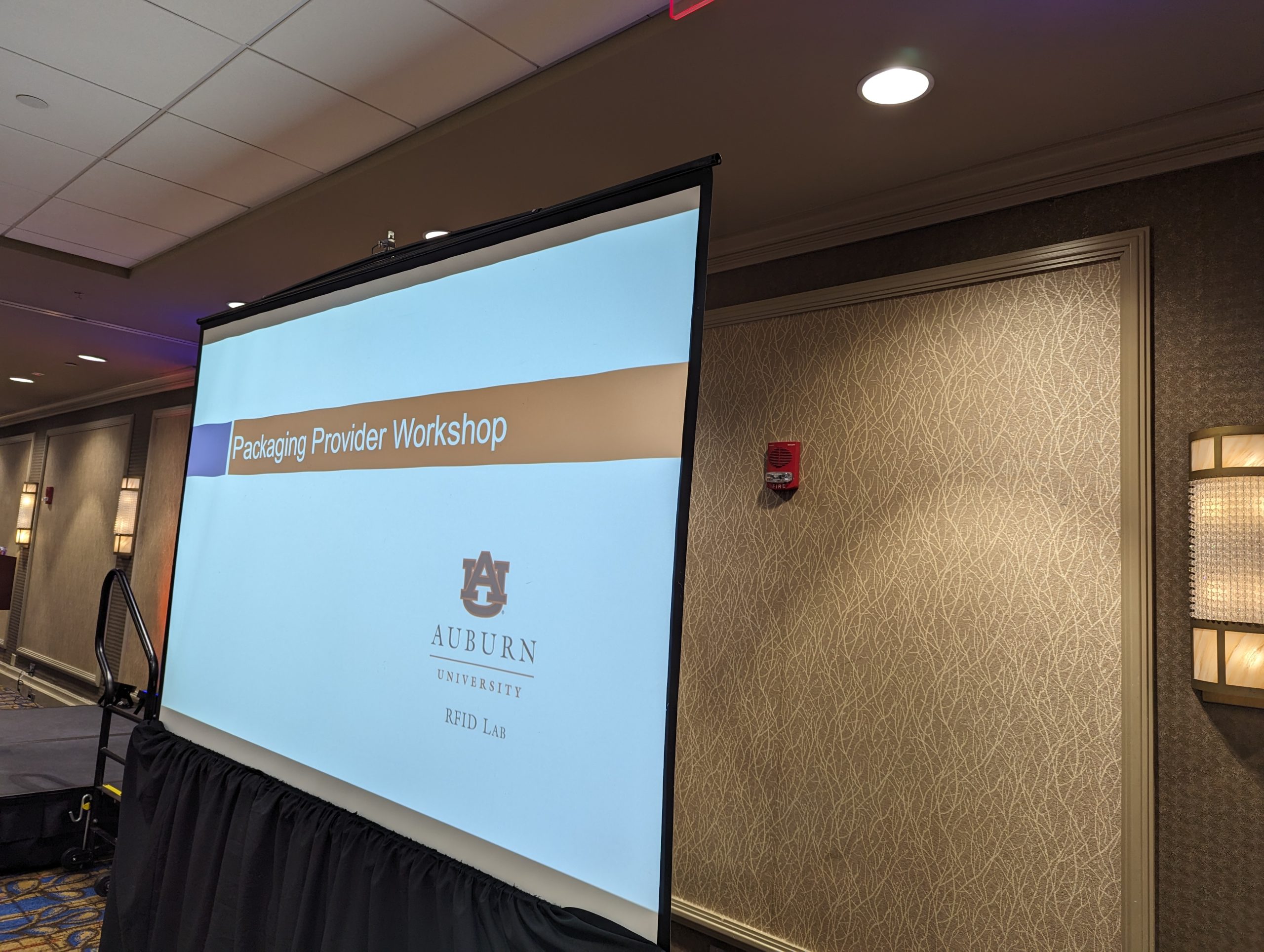 Auburn University’s RFID lab, a beacon of innovation in Radio-Frequency Identification technology, is pivotal in advancing RFID applications across various sectors and helping businesses integrate this technology into their operations effectively. Through its cutting-edge research and hands-on approach, Auburn’s RFID lab is shaping the future of this revolutionary technology and its impact, providing reassurance about the industry’s progress.
Auburn University’s RFID lab, a beacon of innovation in Radio-Frequency Identification technology, is pivotal in advancing RFID applications across various sectors and helping businesses integrate this technology into their operations effectively. Through its cutting-edge research and hands-on approach, Auburn’s RFID lab is shaping the future of this revolutionary technology and its impact, providing reassurance about the industry’s progress.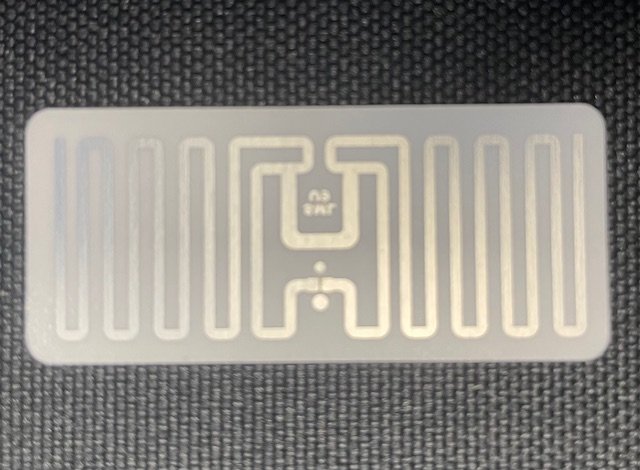 Packaging providers, like CP&P, play a crucial role in this shift towards RFID technology, eventually leading to the natural extinction of the universal, widely accepted barcode. As retailers and other industries increasingly adopt RFID tags for their products, packaging providers are instrumental in integrating these tags into their everyday solutions. The ARC lab prioritizes partnering with packaging providers to ensure their active involvement in the RFID process. This essential collaboration ensures that businesses have a thorough understanding of the process and are prepared to use this information to shape future decisions.
Packaging providers, like CP&P, play a crucial role in this shift towards RFID technology, eventually leading to the natural extinction of the universal, widely accepted barcode. As retailers and other industries increasingly adopt RFID tags for their products, packaging providers are instrumental in integrating these tags into their everyday solutions. The ARC lab prioritizes partnering with packaging providers to ensure their active involvement in the RFID process. This essential collaboration ensures that businesses have a thorough understanding of the process and are prepared to use this information to shape future decisions.
 Splicing ensures that labels are seamlessly joined together, whether applied by hand or machine. When labels are machine-applied, the splice must be stronger to withstand the tension from the applicator. In contrast, labels applied by hand require a less intense splice. Understanding how the label will be applied is essential for determining the type of splice needed. This attention to detail ensures that labels are prepared correctly for their intended use, highlighting Century’s commitment to delivering high-quality products tailored to their customers’ needs.
Splicing ensures that labels are seamlessly joined together, whether applied by hand or machine. When labels are machine-applied, the splice must be stronger to withstand the tension from the applicator. In contrast, labels applied by hand require a less intense splice. Understanding how the label will be applied is essential for determining the type of splice needed. This attention to detail ensures that labels are prepared correctly for their intended use, highlighting Century’s commitment to delivering high-quality products tailored to their customers’ needs. Finishing is a vital step in the label printing process that can often get overlooked. However, it’s the final touch that guarantees your labels not only look great but are also ready to be used as intended. At Century Printing and Packaging, each member of the finishing department understands the nuances of this final stage, ensuring even the most complex jobs are handled with precision. The customer’s proof serves as a reference point throughout the process, ensuring that the finished labels match the customer’s specifications. This attention to detail prevents errors and saves time and resources by catching any issues early in the process. By prioritizing quality control and proofs, Century Printing and Packaging demonstrates its commitment to delivering superior results with enhanced appeal for every label.
Finishing is a vital step in the label printing process that can often get overlooked. However, it’s the final touch that guarantees your labels not only look great but are also ready to be used as intended. At Century Printing and Packaging, each member of the finishing department understands the nuances of this final stage, ensuring even the most complex jobs are handled with precision. The customer’s proof serves as a reference point throughout the process, ensuring that the finished labels match the customer’s specifications. This attention to detail prevents errors and saves time and resources by catching any issues early in the process. By prioritizing quality control and proofs, Century Printing and Packaging demonstrates its commitment to delivering superior results with enhanced appeal for every label.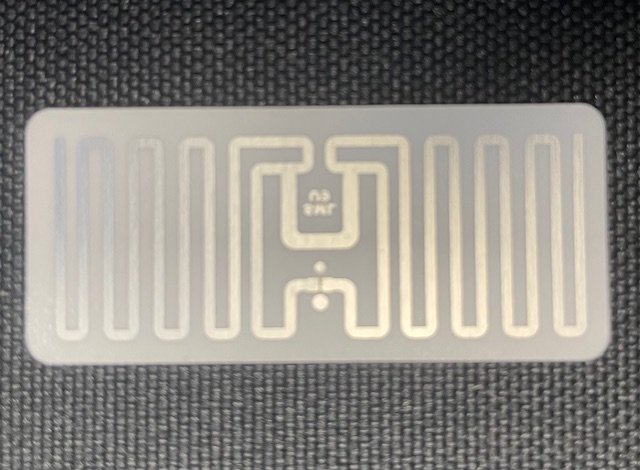
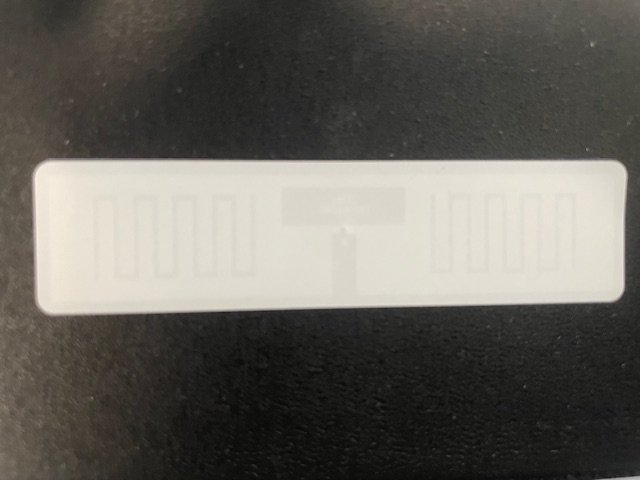 RFID, which stands for Radio Frequency Identification, is a revolutionary technology that provides real-time visibility into inventory levels, making restocking shelves more streamlined and accurate. With RFID, each product or package is equipped with a tag containing an antenna, a transceiver, and a transponder. Employees can quickly scan products with handheld devices or, eventually, through automated systems like robots that constantly take inventory. This instant feedback ensures that items are always in stock, preventing customer frustration and loss of sales.
RFID, which stands for Radio Frequency Identification, is a revolutionary technology that provides real-time visibility into inventory levels, making restocking shelves more streamlined and accurate. With RFID, each product or package is equipped with a tag containing an antenna, a transceiver, and a transponder. Employees can quickly scan products with handheld devices or, eventually, through automated systems like robots that constantly take inventory. This instant feedback ensures that items are always in stock, preventing customer frustration and loss of sales. Finally, the label is applied to the product during the third step. Care and attention to detail are crucial during this process, as any damage to the label or its components can render it useless. For suppliers sending products to retailers like Walmart, damaged RFID labels can lead to rejection and lost business.
Finally, the label is applied to the product during the third step. Care and attention to detail are crucial during this process, as any damage to the label or its components can render it useless. For suppliers sending products to retailers like Walmart, damaged RFID labels can lead to rejection and lost business.
 Price
Price